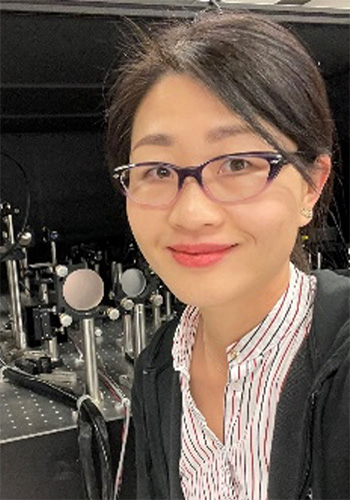Regulatory Science for Engineering Intuitive, Engaging, Safe and Effective Human-Device Interaction

(Zhuolin Liu, FDA)
Background: Innovative adaptive optics (AO) ophthalmic devices are increasingly used to detect disease onset and monitor early-stage disease progression, raising the possibility of personalized eye care. Likewise, AO is required to assess novel targeted gene and stem cell-based therapies, providing evidence of cell restoration, which may shorten a clinical trials’ duration over the traditional endpoints. Despite enormous potential and feasibility demonstration for disease detection and treatment-guidance, AO has yet to realize full clinical translation. One critical issue has limited widespread adoption is that sensitive biomarkers are not completely developed to validate AO-based clinical endpoints for disease diagnosis and treatment guidance.
Research Plan: In our proposed project, we will embed REU students with a team of post-doctoral fellow mentors to develop AO based biomarkers for various of retinal and neurological diseases. The REU trainees will be involved in all phases of the research, including AO data collection, post processing, and preparation of technical reports.
Prerequisites: An introductory course in signal processing and optics and knowledge of MATLAB are desired.

Dr. Zhuolin Liu, senior staff fellow at the Division of Biomedical Physics (FDA/CDRH/OSEL/DBP), a regulatory science research division at the Food and Drug Administration in Silver Spring MD. Zhuolin received her B.S and M.S. degrees in optical engineering from China in 2007 and 2010, and Ph.D. degree in vision science from Indiana University in 2016. She has over 10 years’ experience in the invention, development, and application of high-resolution biomedical optics in ophthalmology and vision science. Dr. Liu has >30 peer-reviewed publications, and several conference proceedings. Her current research area focuses on the development of innovative optical imaging methods, and technologies for use in disease diagnosis, monitoring and treatment as well as other applications, particularly in ophthalmology, vision science and neuroscience.